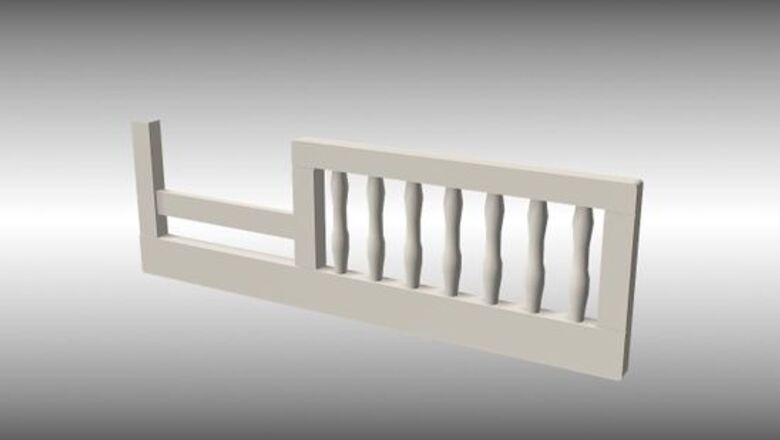
views
Method One: Convertible Crib with Guardrail

Choose an appropriate guardrail. Unless your child's crib came with its own toddler bed rail, you'll need to purchase a separate rail. Toddler bed rails are lower and shorter than the sides of a crib. Your toddler should be able to get in and out of bed without assistance, but the rail should prevent your toddler from accidentally rolling out of bed in his or her sleep. Typically, your best option will be a universal toddler guardrail kit. The rail itself should fit most recently manufactured cribs, and the kit will also contain the metal brackets and screws you'll need to attach the rail.
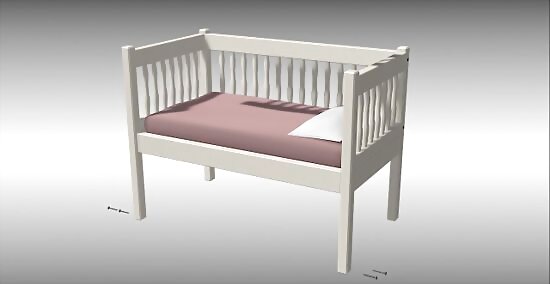
Remove one side of the crib. Use a manual or electric screwdriver to remove the screws holding one side of the crib in place. After removing the screws, you should be able to completely lift away the side. The exact set-up will vary depending on the crib manufacturer and model, but typically, there will be several screws located along the left and right posts of the crib side. In most cases, you'll only want to remove one side of the crib. If you choose to remove both sides, you'll need to install a toddler rail on either side or push one side of the bed against a wall. Note that this will only work for convertible style cribs. Stationary cribs do not have removable sides, so you won't be able to use this method of conversion.
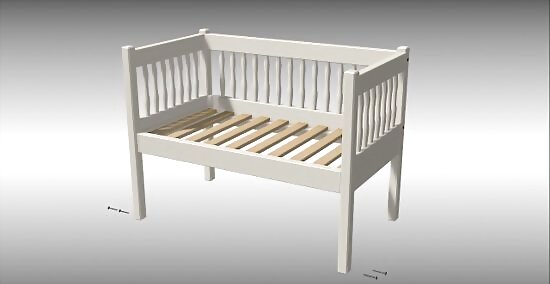
Remove the bedding. You'll need access to the bottom slats of the bed when installing the guardrail, so remove the bedding and mattress from the crib before you begin. Set the bedding aside. Since the dimensions of the bed won't change after you convert it, you should be able to use the same mattress and sheets. It'll be easiest to complete this step after you've already removed one side of the crib, but if you need to access the bottom slats to remove the side, remove the mattress and bedding first.
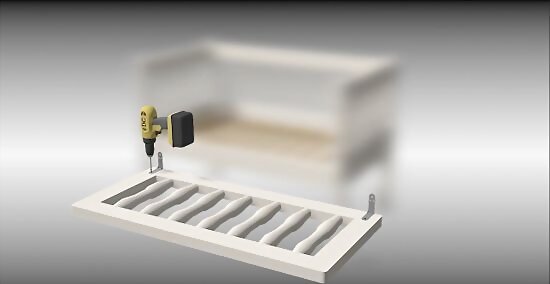
Attach the brackets to the rail. Position one L-bracket along the inside of each rail post. Attach the brackets to the posts using screws and a screwdriver. Guardrail kits should come with the correct L-brackets and screws, but if you need to buy separate hardware, choose 2 inch (5 cm) or 3 inch (7.6 cm) corner brackets with four mounting holes and 1 inch (2.5 cm) long Phillips-head screws. You'll need to install one bracket one each of the two guardrail posts. Position the bracket so that the foot of the bracket lies flush with the bottom of the post. The vertical portion of the bracket should be aligned with the center of the post. Use two screws to secure the bracket to the post.
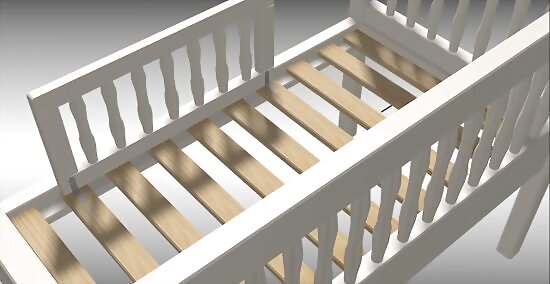
Position the rail. Lift the guardrail and position it over the bare side of the bed. Hold the rail so that the end posts and attached brackets line up with two separate slats on the bottom of the bed. Try to leave approximately 9 inches (23 cm) of space in between the rail and the headboard. You should also leave another 9 inches (23 cm) of space in between the rail and the footboard. By leaving this much space on either side of the rail, you'll make it easier for your toddler to get in and out of bed.
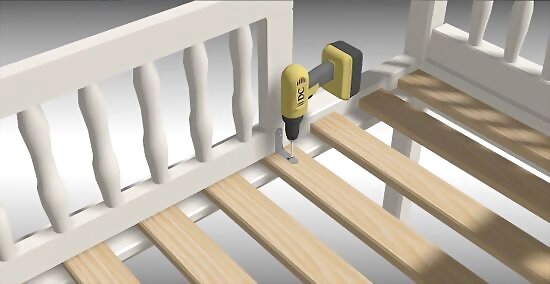
Fix the rail to the bed. While holding the rail steady, install two screws through the remaining holes of each bracket and into the corresponding slat rolls at the bottom of the bed. You must use two screws with each bracket. Try to keep the bracket positioned down the center of each corresponding slat for the greatest amount of security. Make sure that the screws are tight and able to hold the brackets firmly in place. When finished, try to wiggle the rail. The guardrail should not move.
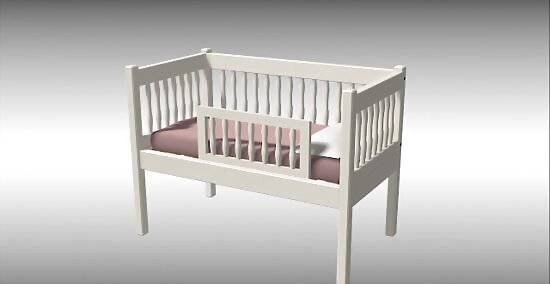
Make the bed. Once the guardrail is in place, return the mattress to the bed. Cover it with sheets, blankets, and pillows as needed. The toddler bed should now be ready to use. Note that if you need or want to install a second rail on the other side of the bed, you should do so by following the same steps used for the first rail. Install both rails before returning the mattress and bedding.
Method Two: Stationary Crib
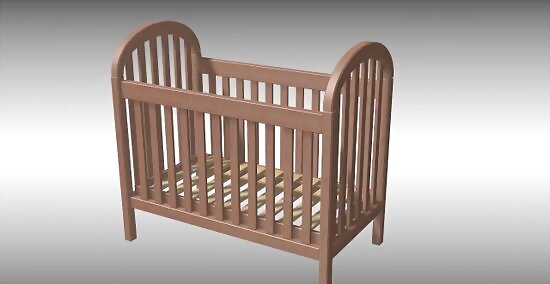
Remove the bedding. Take the mattress, sheets, and any other bedding out of the crib before you begin. You'll need direct access to all sides of the crib, including the bottom, and the bedding will only get in the way. It's a good idea to set aside the mattress and bedding in a separate room. Sawdust and other particles may get into the bedding if you keep it nearby.
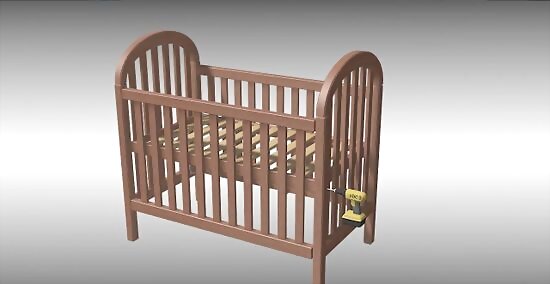
Adjust the height. If you're able to adjust the height of the crib sides and base, do so now. The height you choose will be the final height of the toddler bed. To create a loft-style toddler bed, you should adjust the base and sides to their highest points. Note that you'll also need to create a ladder for your toddler to use if you opt for a loft-style bed. To create a standard toddler bed that won't require the use of a ladder, adjust the base and sides to their lowest points.
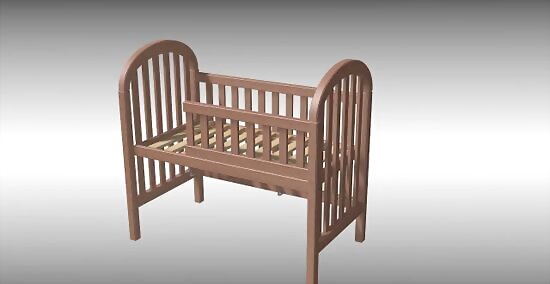
Cut an opening in one of the sides. Use a saw to cut an opening into one of the long sides of the crib. Start at one end of the crib and remove roughly one-third of the total side length. If you can remove the side completely, it might be in your best interest to do so before you trim it down to size. Otherwise, you'll need to work carefully to avoid damaging the remainder of the crib. Trim the side so that the new edge lies flush with one of the remaining vertical slats. This slat will become the new side edge of the rail. If desired, you can also use a portion of the removed rail to finish off the new edge. Secure the rail back onto the side of the bed if you removed it while trimming it down. Make sure that the rail is sturdy and unable to wiggle around before continuing.
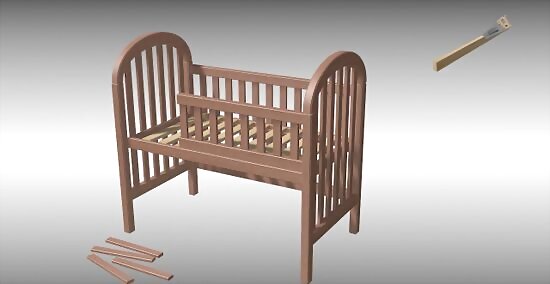
Cut down the leftover wood. Use a saw to trim down the slats of the removed railing. The new length of these slats should roughly match the size of the opening you created in the side of the bed. Note that this is only necessary if you plan to create a ladder for a loft-style toddler bed. These newly trimmed slats will form the rungs or steps of the ladder. Make sure that the steps are large enough for your toddler to use. Each of the slats must also be equal in length.
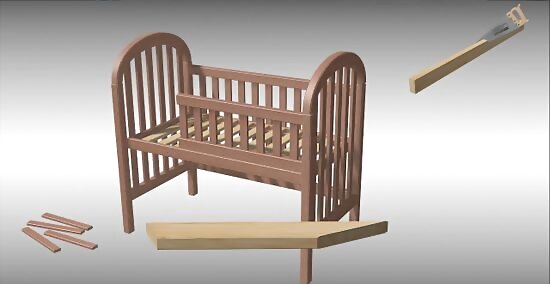
Use two separate pieces of wood for the ladder sides. Cut a length of sturdy wood into two equal pieces. These pieces will form the sides of the ladder. Use pallet wood or another type of sturdy wood for this. The wood should be at least 1-1/2 inch (3.8 cm) thick and 4 inches (10 cm) wide. The exact length will vary based on how high the bottom of the bed is. Measure the distance between the bottom of the bed and the floor, holding the measuring stick at a 45 degree angle so that it juts out and away from the side of the bed. Trim the bottom of each length on a slight angle. Doing so will allow the ladder sides to rest evenly on the floor.
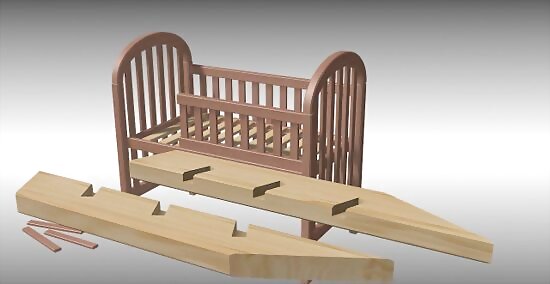
Cut notches into the side pieces. Use a router to cut notches into the sides and top of the ladder. You'll need to create two to three pairs of notches along both ladder sides. These notches should be the size and shape of the step pieces you cut earlier. Try to match the size as evenly as possible to keep the steps more secure. Cut a final pair of notches into the top of each side piece. These notches should allow the side pieces to fit over the bottom side of the bed.
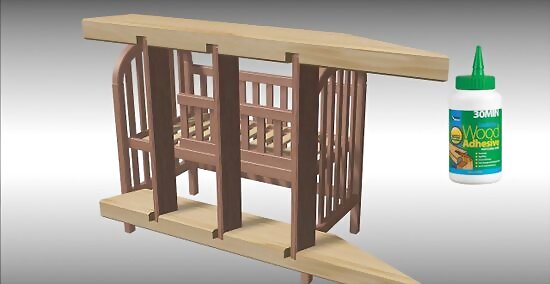
Fix the steps into both sides. Slide the step pieces into the notches positioned along the ladder sides. Hold the step pieces in place using wood glue. Test the steps once the glue dries. If they still don't seem secure, install nails or screws into each step from the outside to fix them to the ladder sides. When finished, the steps should not be able to wiggle around.
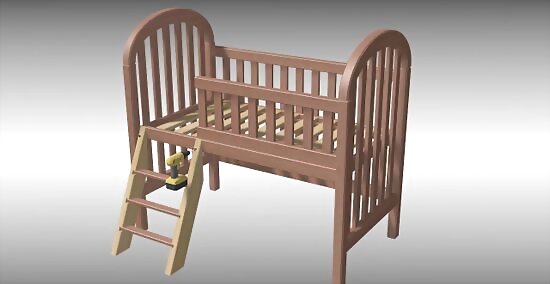
Secure the ladder to the bed. Attach the top of the ladder to the bottom of the bed using wood glue and screws. Note that the ladder should be centered beneath the opening of the bed rail. Test the ladder after installing it. Make sure that it does not move around when you apply pressure.
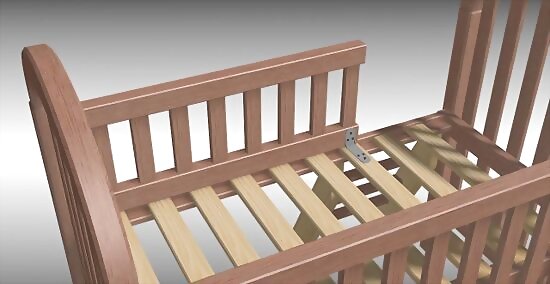
Attach an L-bracket to the edge of the rail. Screw a corner bracket over the edge of the guardrail. Secure one side of the bracket to a slat along the underside of the bed and the other side of the bracket to the outermost rail post. Opt for a 3 inch (7.6 cm) metal corner bracket with four nail holes. Use 1 inch (2.5 cm) Phillips-head screws in each of the four screw holes. Adding the corner bracket to the edge of the rail will make the rail more secure. Your toddler will likely grab onto this side of the rail when getting into bed, creating excess pressure on it, and the rail could collapse if it isn't properly strengthened.
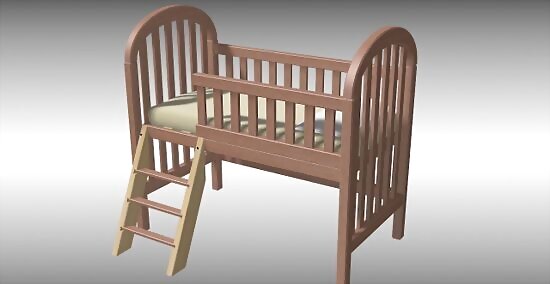
Return the bedding. Place the mattress back on the bed and cover it with the appropriate bedding. Your toddler should now be able to use his or her newly converted bed. If desired, you can also sand down the edges and give the bed a new coat of paint. Doing so is only necessary if the crib/bed is in bad shape after you finish making the alterations.










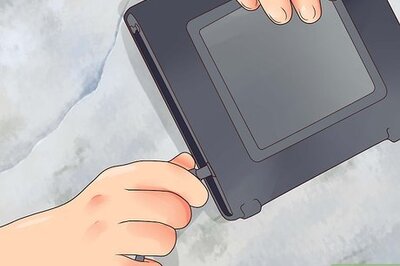
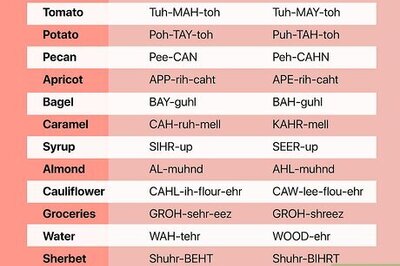



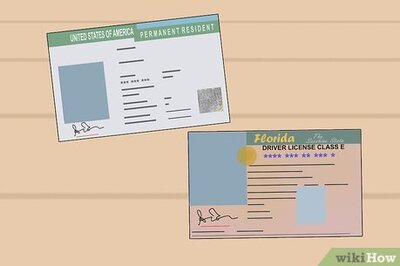
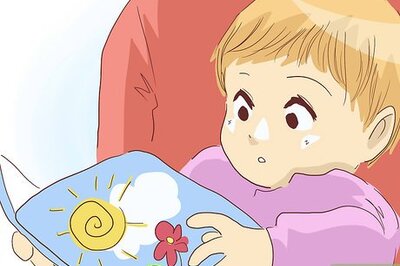

Comments
0 comment